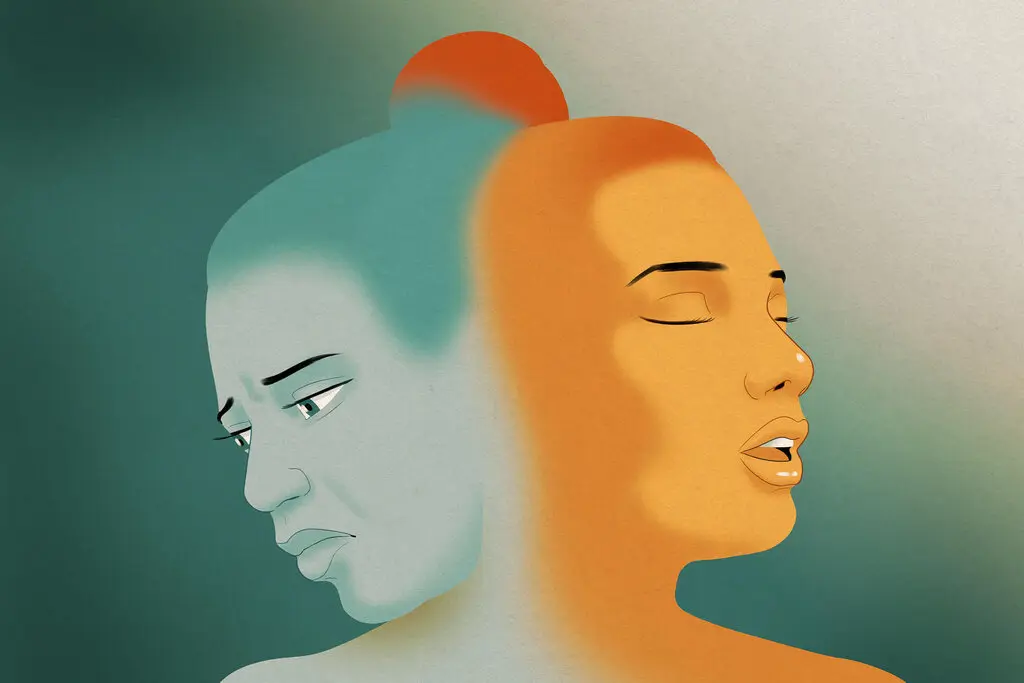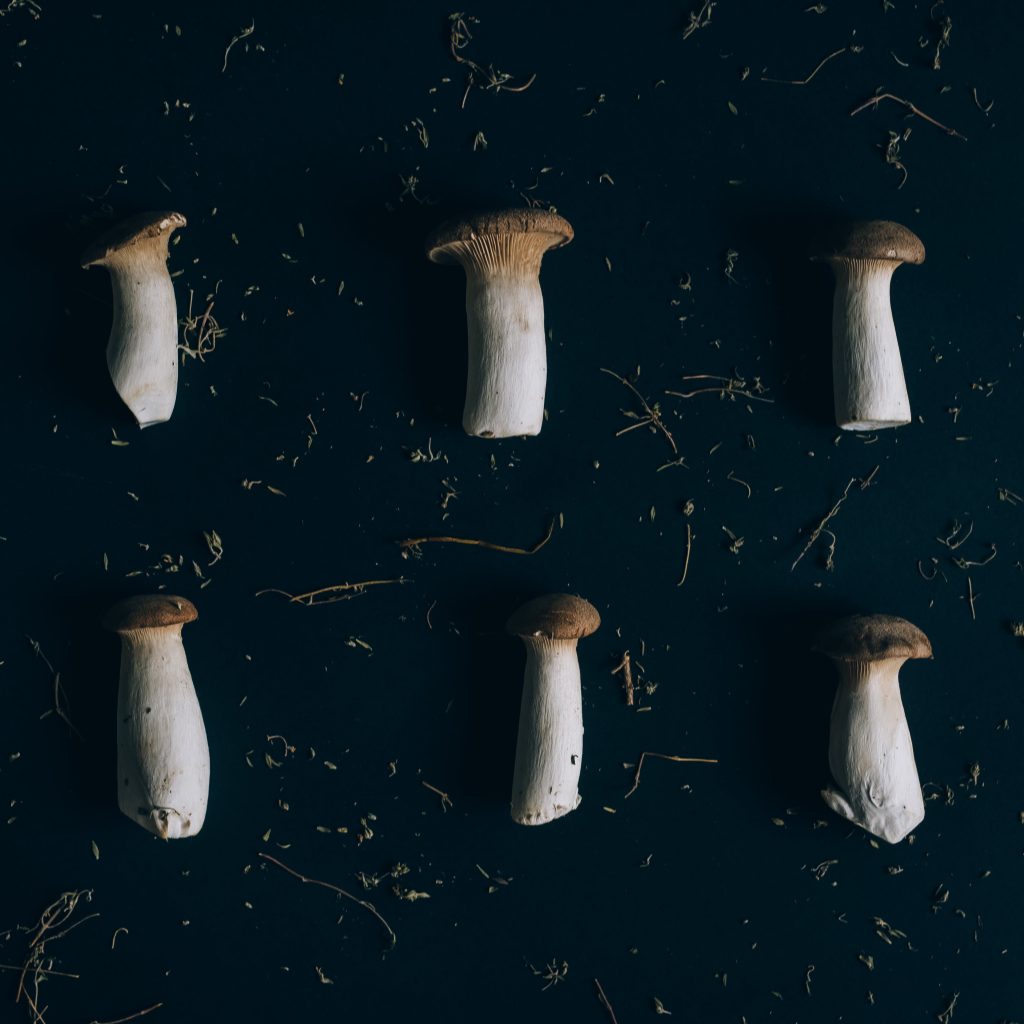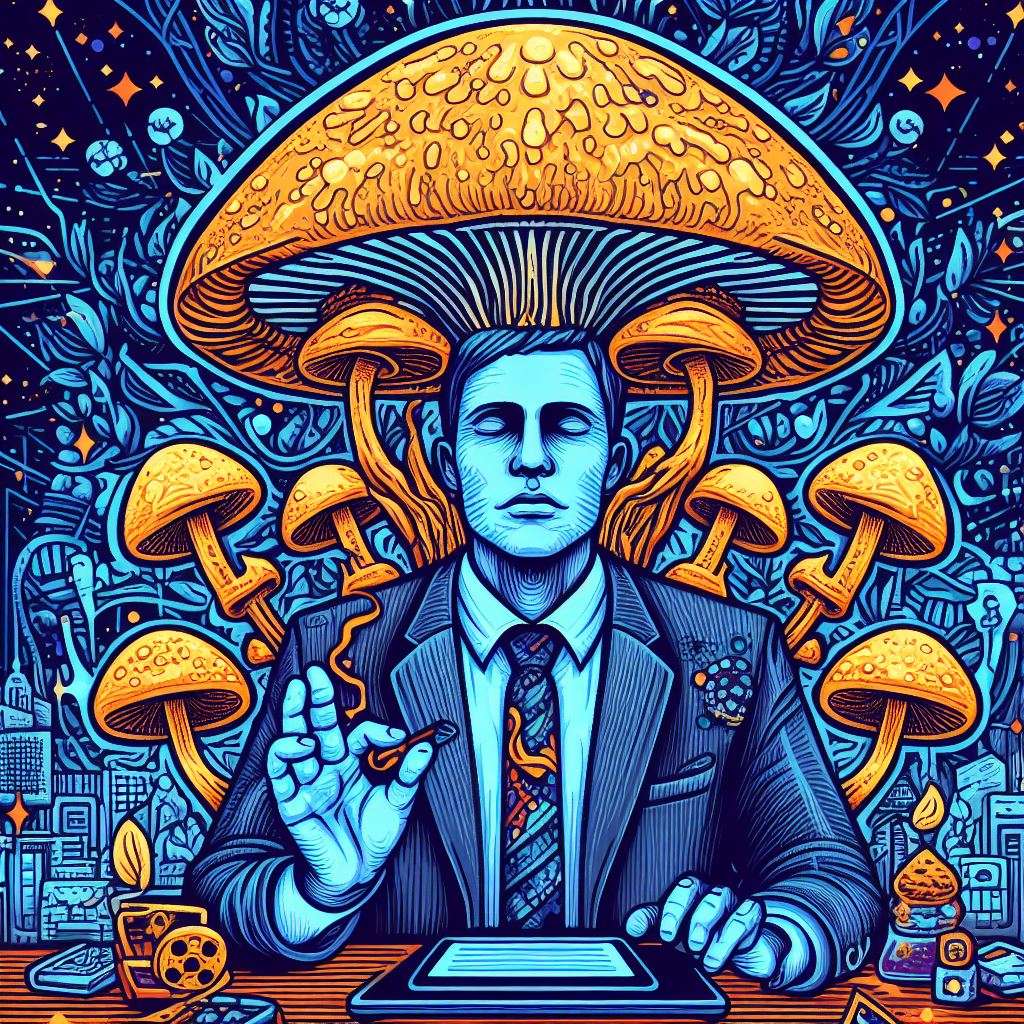Many recreational drugs known for mind-altering trips are being studied to treat depression, substance use and other disorders. Here’s what you need to know.
Oregon is legalizing mushrooms. Ketamine can be delivered to your home. People are microdosing LSD to treat pandemic-related anxiety and Wall Street is pouring billions into companies that sell mind-altering drugs. It seems like psychedelics — though mostly still illegal — are everywhere.
While the federal government does not recognize a medical use for most of these drugs and says they have potential for abuse, some of the most prominent universities in the world are studying four substances in particular: psilocybin, ketamine, MDMA and LSD. The bulk of available research suggests that these substances hold promise as part of larger treatment plans.
There is also growing evidence that psychedelic drugs operate differently in the brain than addictive drugs, and advocates have been consistently calling for legalization. But psychedelics remain expensive and difficult to gain access to legally, unless you are part of a research study for mental health purposes.
These drugs are not all the same and do come with risks. One quality they share is the ability to create an altered state of consciousness, commonly referred to as a trip. That effect can either provide a sense of perspective — or be downright terrifying.
“You’re not likely to overdose on them, but you can have life-changing negative experiences,” Katharine Neill Harris, a drug policy researcher at Rice University in Texas, said.
To avoid these experiences, while receiving the benefits these drugs can offer, people have started microdosing smaller amounts at regular intervals — but they are often doing so without professional guidance, and some remain uninformed about significant downsides with very little evidence of benefits.
Here’s what researchers are learning about the psychedelic drugs most prominently involved in mental health research.
Psilocybin
As the active chemical in magic mushrooms, or ’shrooms, psilocybin is the most studied of the psychedelic chemicals found in plants and fungi, and it’s the most likely to become an accepted mental health therapy soon. After last year’s legalization in Oregon, entrepreneurs began investing tens of millions in psilocybin research there, and other cities and states are following suit.
Potential mental health uses: Research conducted in the last decade suggests that psilocybin, typically taken in pill form, has the potential to treat substance use disorders, including alcoholism and nicotine addiction, as well as depression.
That research isn’t conclusive yet, said Paul Hutson, a professor at the University of Wisconsin-Madison who studies psilocybin and leads the school’s center for psychedelics research. But he anticipates there will soon be enough evidence for the Food and Drug Administration to approve psilocybin capsules to treat at least some of these disorders — most likely in the next five years or so.
In the meantime, clinical trials of psilocybin for a variety of conditions are taking place across the country, though they can be difficult to find or have long waiting lists. Still, it’s safer, Dr. Hutson said, to try psilocybin as part of a study than on your own or in one of the treatment clinics that have popped up. In these trials, patients attend appointments to prepare for and process their psychedelic trip with a professional in an environment where any side effects can be managed.
What it does: According to users who have participated in trials, a mushroom trip may induce euphoria and an increased awareness of parts of their environment. For instance, solid objects might seem to breathe in and out. A trip can last more than six hours, and some people describe a positive “afterglow” lasting for months.
Risks: Psilocybin can cause distressing hallucinations or feelings of panic and anxiety in some patients, especially at high doses. You can’t be guaranteed safety standards — having a trained professional who can reassure you, protect you and even administer drugs during a bad trip — in therapy outside of a research trial, Dr. Harris said.
One use of psilocybin, which should not be confused with standard treatment described above, is microdosing. By taking small doses — perhaps 10 percent of a standard dose — every few days, some people might experience mental health benefits without the high. But microdosing psilocybin can be harmful, and there is some evidence that it can damage the heart over time. Recent research also suggests that the positive impacts of microdosing in humans may be largely caused by the placebo effect.
Ketamine
First synthesized in 1956, ketamine, sometimes called Special K, is used today as an anesthetic by veterinarians and in emergency or combat medicine. Because it is the one psychedelic that’s never been illegal, researchers have been able to explore ketamine’s potential as a mental health treatment — and build a case for its use in humans.
Potential mental health uses: Many brain disorders — like schizophrenia, depression and anxiety — are characterized by atrophy in the prefrontal cortex. The evidence is strong, though not yet conclusive, that ketamine helps people with psychiatric disorders by promoting regrowth over time in neurons in this area. That could help explain the near-immediate feelings of relief that users report, which is one of the reasons it has been used in the treatment of suicidal patients.
Esketamine, a form of ketamine, showed such promise for treating major depression, often faster than other drugs, that the F.D.A. approved its limited use in early 2019.
What it does: Ketamine can create euphoria and provide a sense of detachment from reality. Users taking a low dose might feel as though they’re floating or that their body is numb. Higher doses can temporarily make people clumsy and forget where they are or even who they are. Blurred vision or hallucinations are common.
Ketamine works differently from other psychedelics. Most psychedelics — like LSD, MDMA and those derived from plants — operate by affecting serotonin receptors, which alter mood and happiness. Ketamine affects a different class of brain receptors that are important for learning and memory. Both kinds of receptors are found in the brain’s prefrontal cortex, which might explain why ketamine and the other psychedelics seem to have similar impacts on mental health.
“The prefrontal cortex is a brain region that’s really critical,” said David Olson, a chemistry professor at University of California, Davis, who studies chemicals that affect brain function. “It talks to a whole bunch of brain regions that regulate things like mood, emotion, fear, reward.”
Risks: Ketamine is also known for a specific and scary side effect nicknamed the “k-hole.” It’s rare in clinical settings, but users may feel disassociated from themselves and their surroundings and panic or feel paranoid.
LSD
“Turn on, tune in, drop out.” “Lucy in the Sky with Diamonds.” Silicon Valley microdosing. Suffice it to say, LSD, also known as acid, has a storied place in American popular culture.
Potential mental health uses: It’s shown promise for treating alcohol addiction and has been studied for other conditions like depression. As with psilocybin, some new LSD adherents microdose to achieve mental health benefits without the trip.
What it does: LSD users have reported feelings of bliss during their trip, being able to see sound and having mystical experiences as well as a sense of closeness with others.
Risks: Some people experience lasting psychological trauma caused by a bad trip, especially when they take higher doses or use LSD often.
Microdosing LSD may have physical risks, too. In a study on rats, microdosing LSD had the opposite effect of a trip; it made the rats display signs of psychiatric illness, like aggression and poor grooming. Similar to microdosing psilocybin, it may also strain the heart by overworking the neurons around the organ.
“If you’re constantly stimulating these neurons, even with a small dose of these compounds, the neurons just can’t take it,” Dr. Olson said.
MDMA
A well-known club drug, also known as ecstasy or molly, MDMA has been researched on and off for decades for potential mental health benefits. While the drug remains illegal, the F.D.A. allows its use in research and treatment for life-threatening illness.
Potential mental health uses: In 2010, results from a study on treatment-resistant PTSD renewed interest in MDMA research. Since then, it has also been explored as a treatment for other conditions like substance use disorder or social anxiety in autistic adults, although it has more potential to cause damage than some other psychedelics.
What it does: MDMA is often known by its street name — ecstasy — from the feeling of euphoria and connectedness it promotes in users.
Risks: MDMA can cause lasting kidney and organ damage as well as heart arrhythmias during a trip, especially in patients with related pre-existing conditions.
***
Psychedelic drugs aren’t simple substances. More time and research will provide answers about their effects on the brain and whether it’s possible to use them for medical treatments. For now, Dr. Hutson cautioned that evidence supports psychedelic treatments only in cases where other forms of treatment haven’t worked.
“They’re not a panacea that everybody is going to respond to,” he said.






No comment yet, add your voice below!